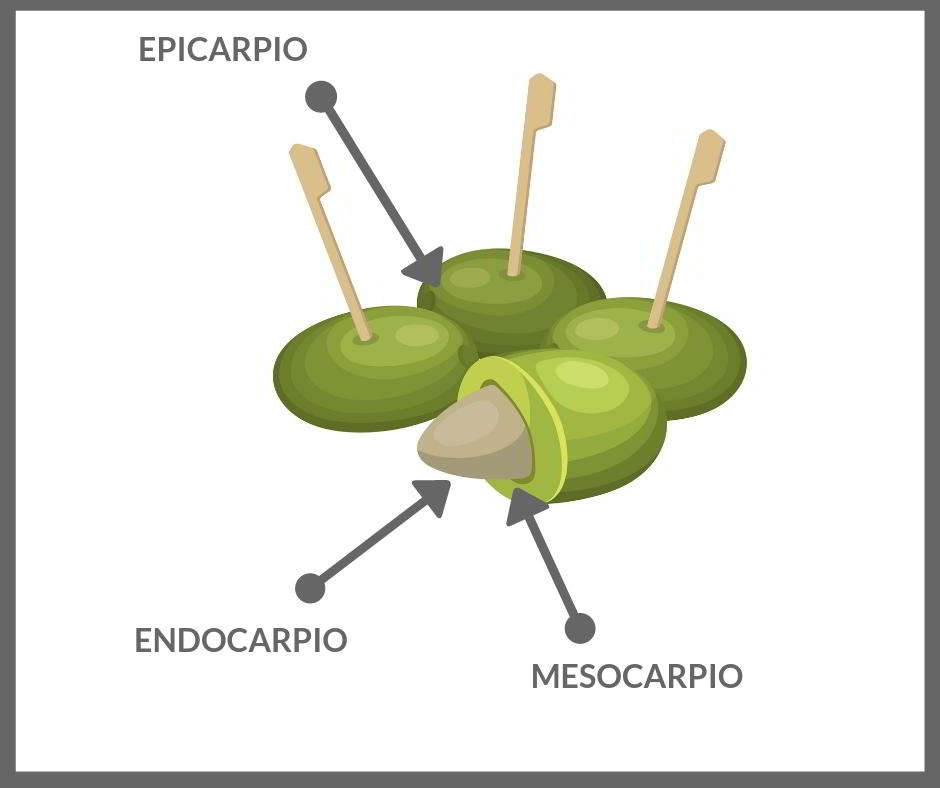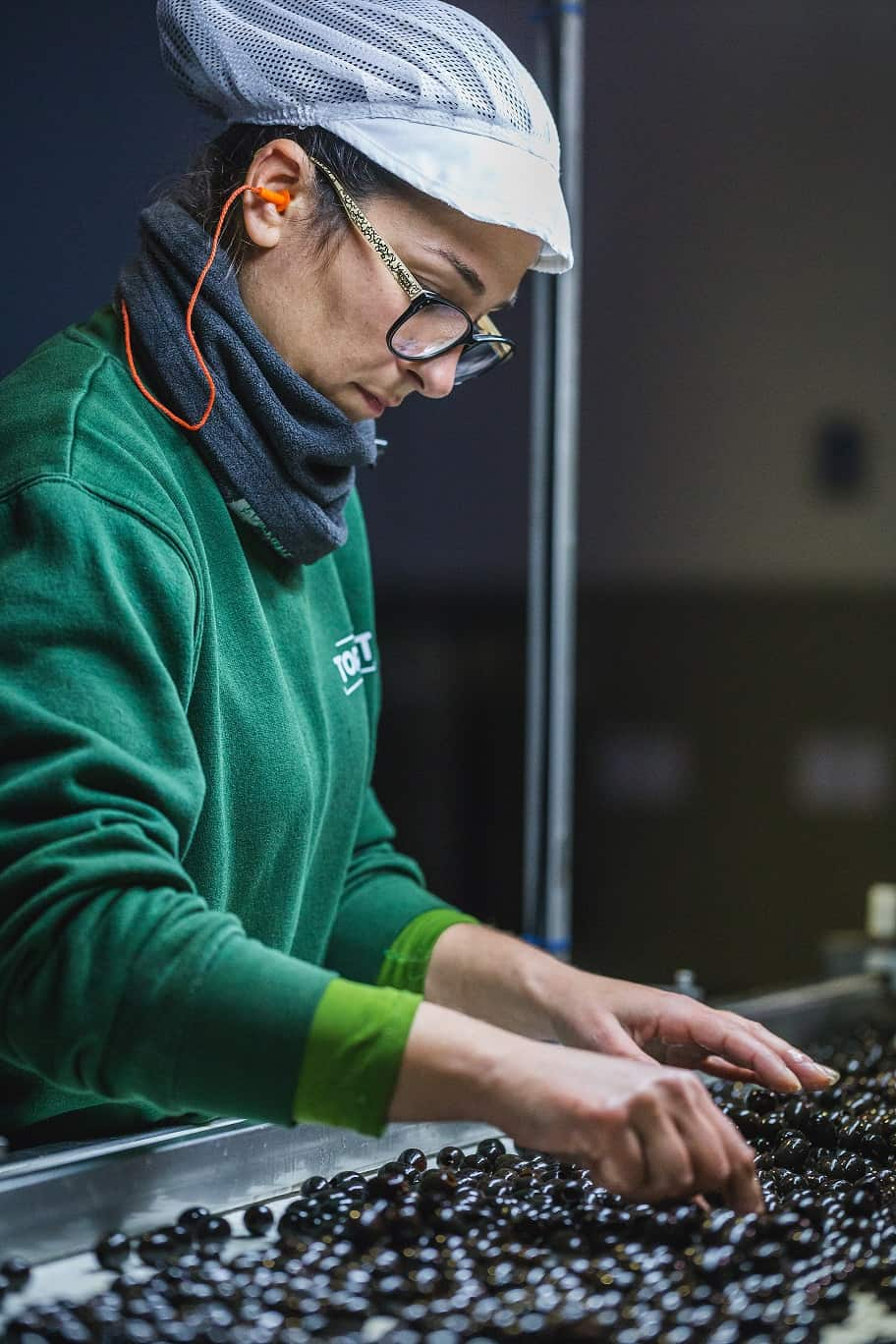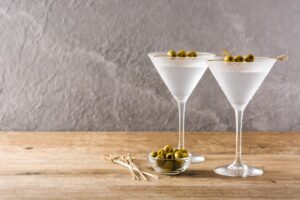 Did you know that an olive is a drupe? If you’re wondering what a drupe is, it’s a type of fruit you’ve likely eaten many times without realizing its classification. Drupes are fleshy fruits with a single seed, just like cherries, peaches, and plums.
Did you know that an olive is a drupe? If you’re wondering what a drupe is, it’s a type of fruit you’ve likely eaten many times without realizing its classification. Drupes are fleshy fruits with a single seed, just like cherries, peaches, and plums.
These fruits share a similar structure, consisting of three main layers:
Endocarp (Olive Pit) The hard, woody inner layer that protects the seed.
Mesocarp (Pulp): The fleshy part of the olive, making up 70–80% of its total weight.
Epicarp (Skin): The thin, outermost layer, also known as the exocarp, which consists of the epidermis and cuticle.

Unlike most drupes, olives contain oleuropein, a bitter compound with a low sugar content (2.6–6%), compared to other fruits that exceed 12%.
This natural bitterness is why olives cannot be eaten straight from the tree—they require processing before consumption.. According to the International Olive Council, olives undergo different curing methods to remove bitterness and enhance their flavor.
How Olives Are Processed: The Key Curing Methods
Lye Curing: The most common method, where olives are treated with an alkaline solution to neutralize bitterness, resulting in the classic table olives, including those stuffed with anchovies.
Brine Fermentation Olives are soaked in a simple water and salt solution to extend their shelf life. This method is used for bulk or jarred olives found in supermarkets.
Oxidation Process Black olives, like those commonly found on pizzas, undergo oxidation, giving them their distinct dark color and mild flavor.








